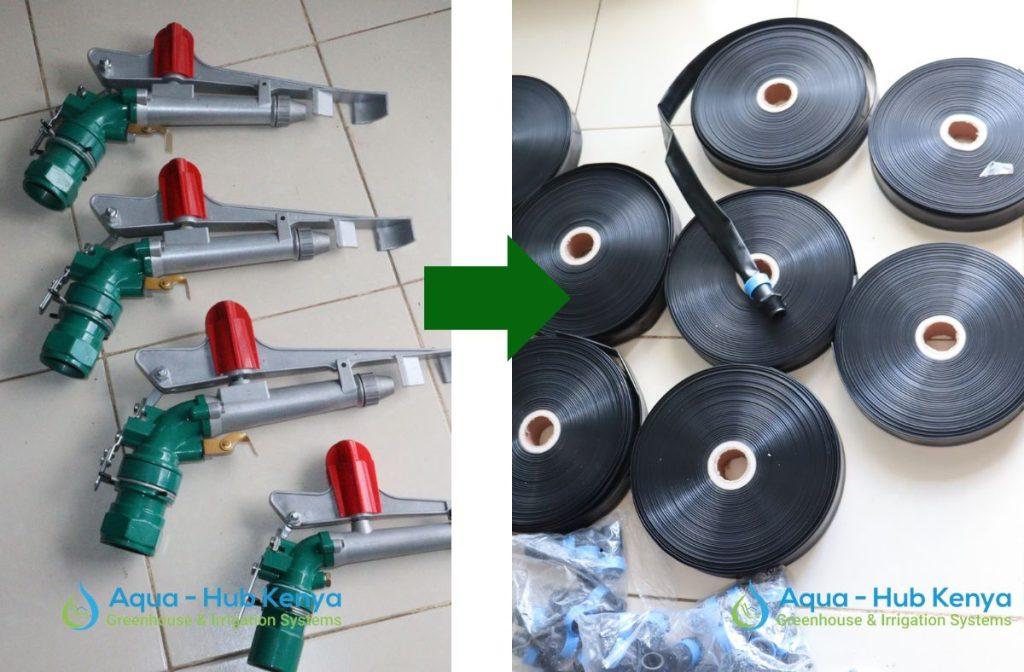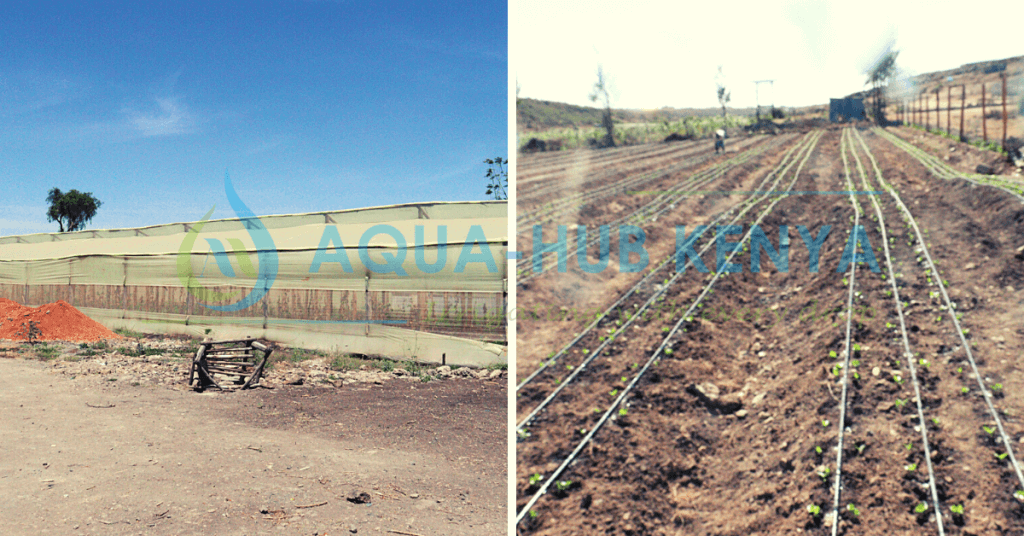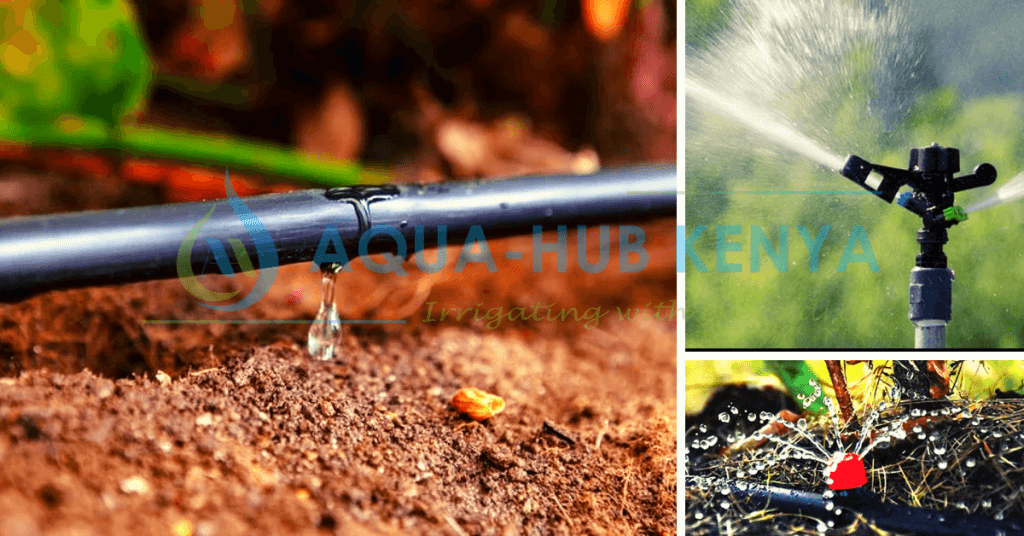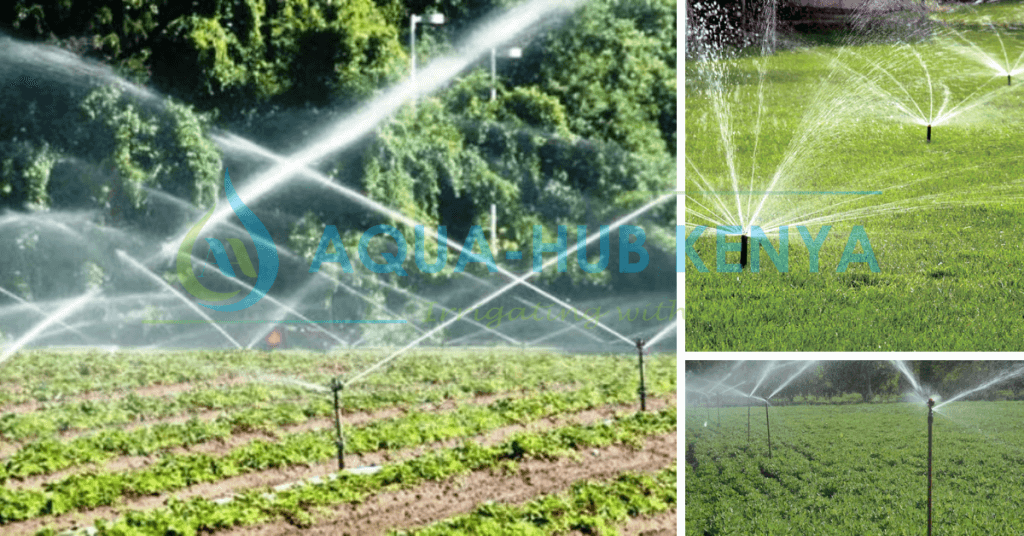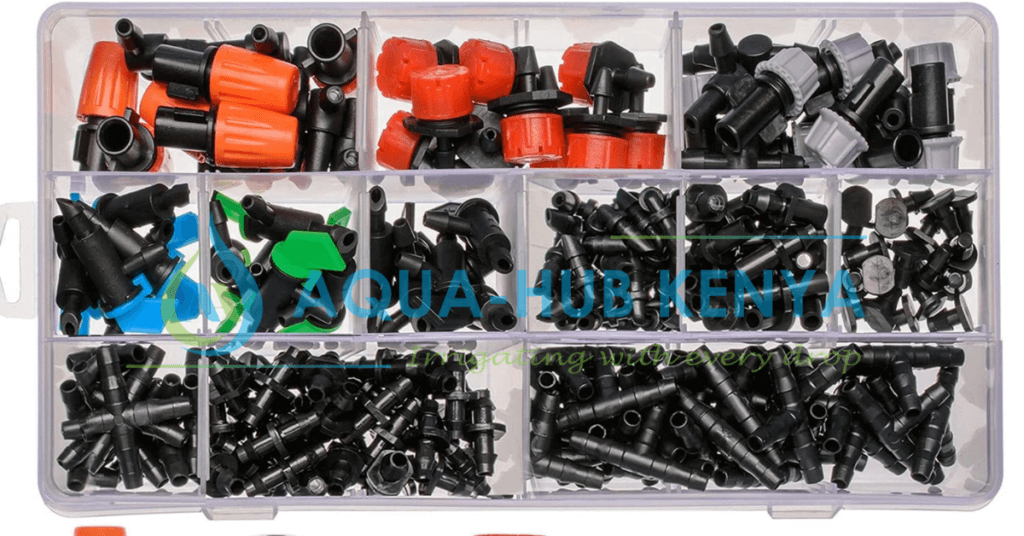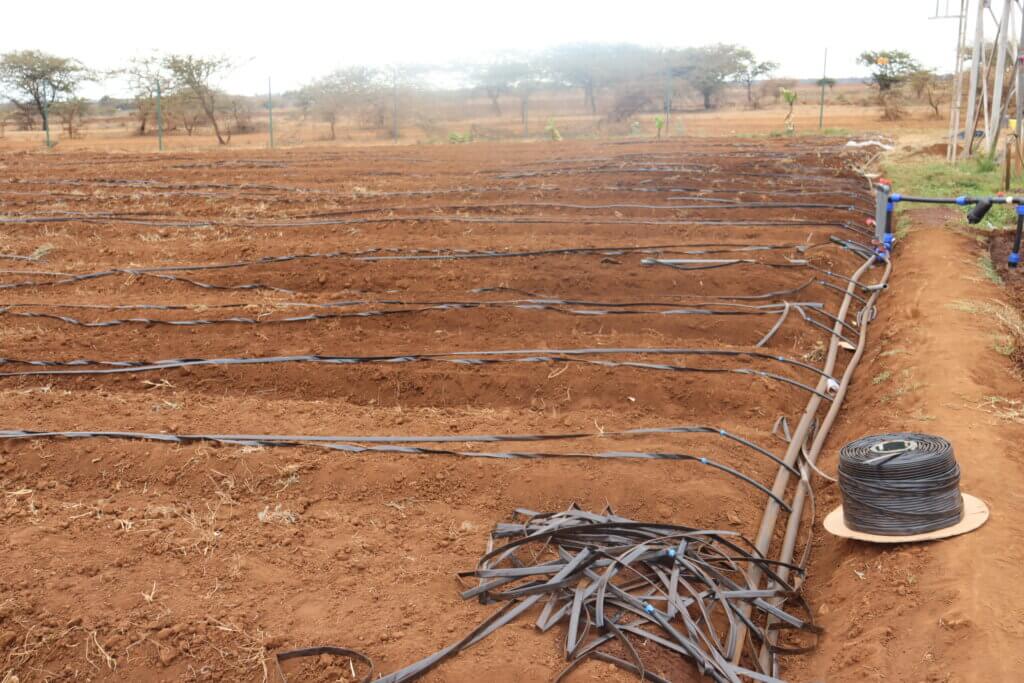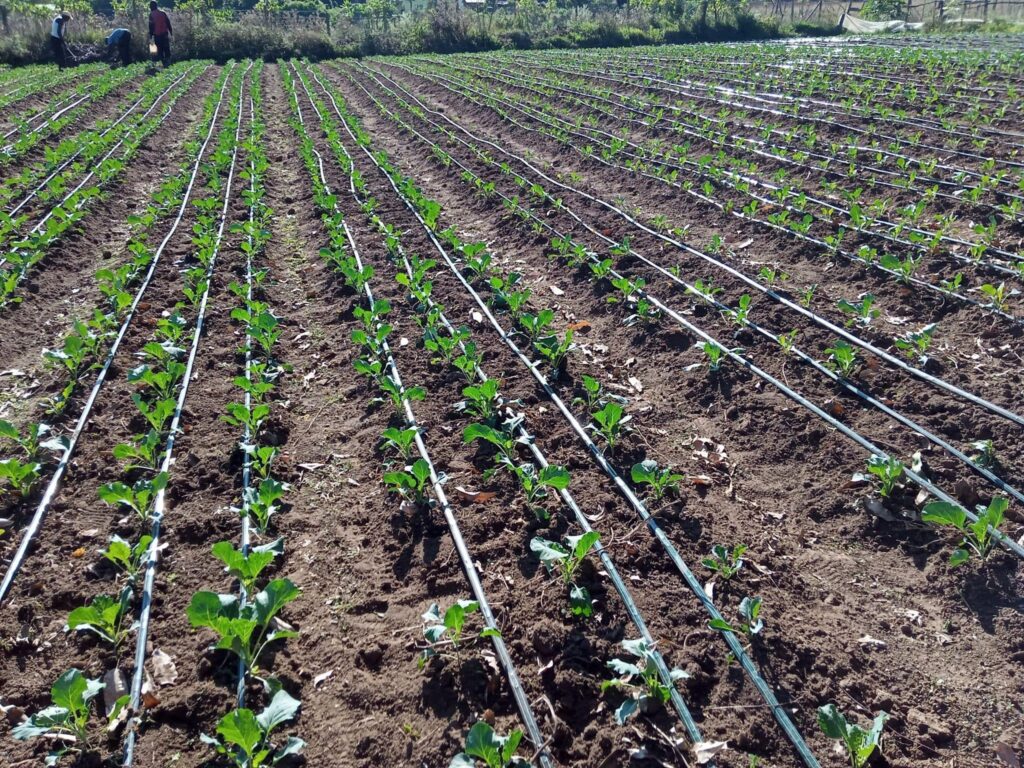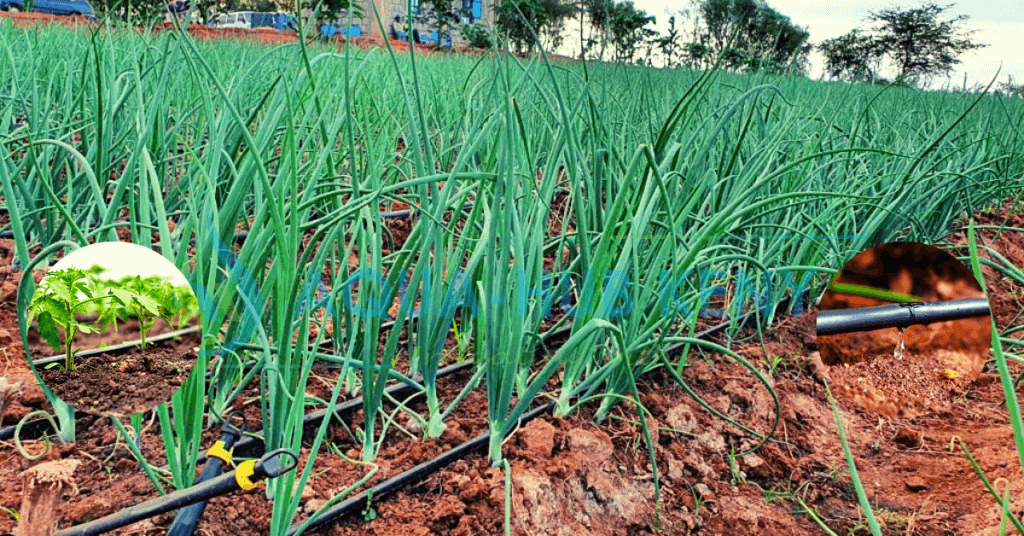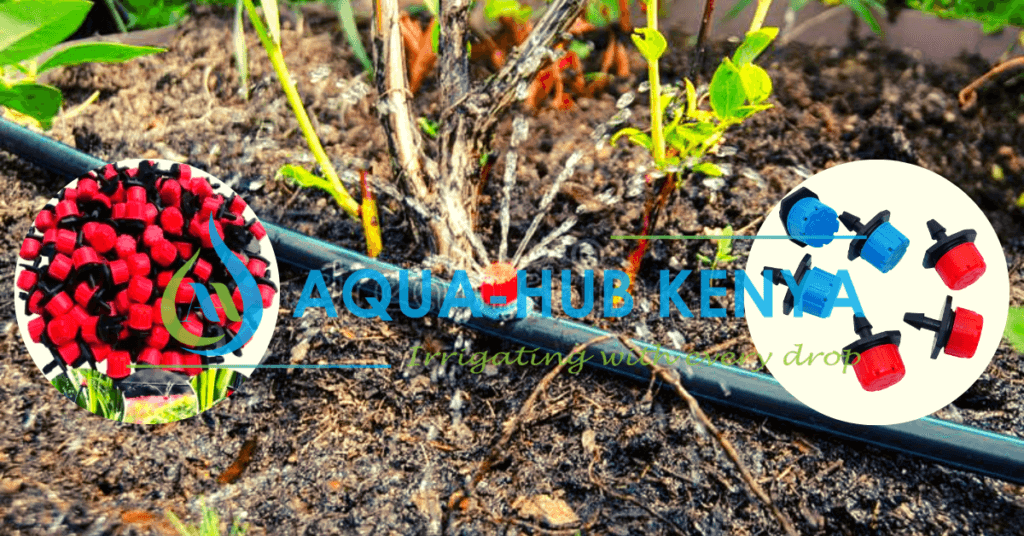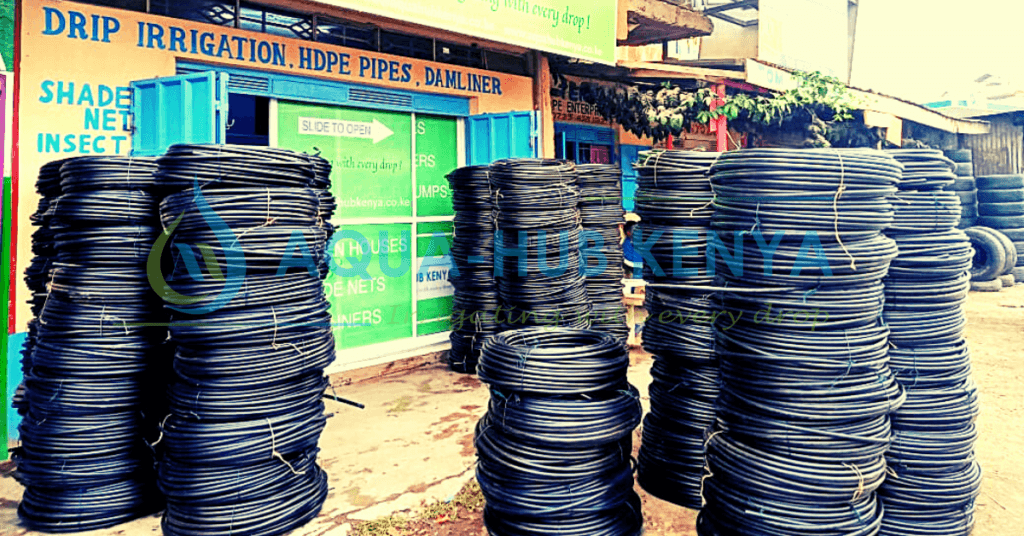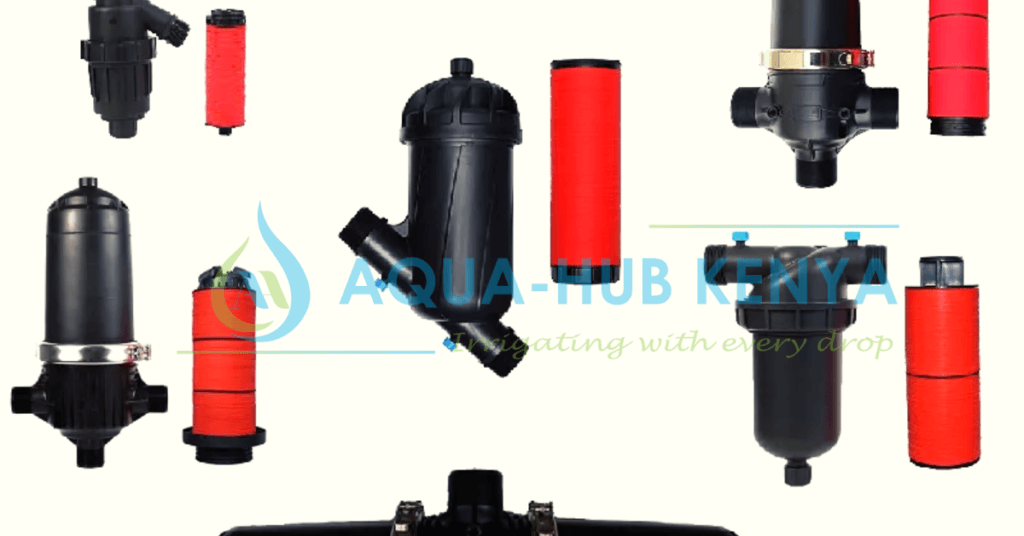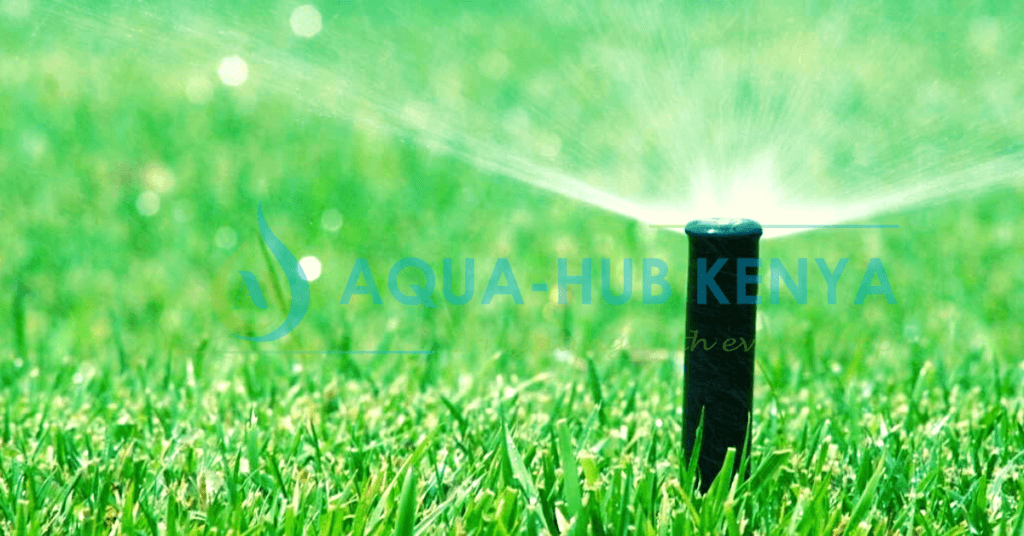Tree Tomato Farming in Kenya
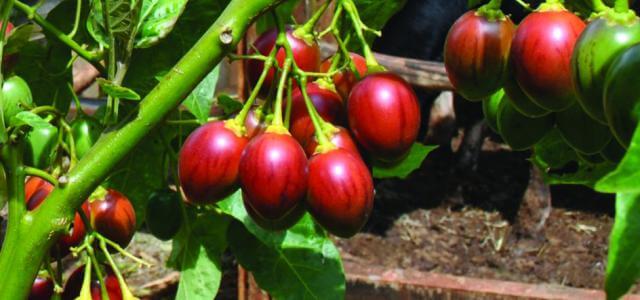
Tree tomato farming in Kenya is gaining momentum. This is a result of the fruit’s high demand in both the fresh fruit market and the juice sector. You may grow tree tomatoes in Kenya in regions such as Western, portions of Nyanza, Central Kenya, Taita Taveta, and the Rift Valley. Two to three months before to planting, you must till your ground. At least once every week, tree tomatoes need to be adequately watered. During the dry season, a water tank or other source of water for irrigation is useful. Production of tamarillo (tree tomatoes) is always a sure thing. It is a simple plant to grow, the seeds are inexpensive, and the fruits are very marketable both domestically and abroad. This is so that people can benefit from the nutritional and health advantages of tree tomatoes.
Tree Tomato
Tamarillo, also known as Tree Tomato in Kenya, is a fast-growing tree in the Solanaceae family that can reach heights of up to 5 meters. Flowers and fruit dangle from the tree’s lateral branches, which typically form a single erect trunk. The blooms are pink-white and come in clusters of 10 to 50, and the leaves are big, simple, and perennial with a strong fragrant smell. Per cluster, they can yield 1 to 6 fruits.
Varieties of tree tomatoes
In Kenya, many types of tree tomatoes are produced. You can tell them apart based on their respective colors. The flavor of yellow fruit is excellent. This makes this variety suitable for preservation. The color of red fruit is enticing. Typically, Kenyan markets are the ones to choose it. Larger and of superior quality are the black or dark-red varieties. The Gol-mine, Inca red, Rothamer, Solid gold, Red Oratia, and Ruby red are more kinds found in Kenya.
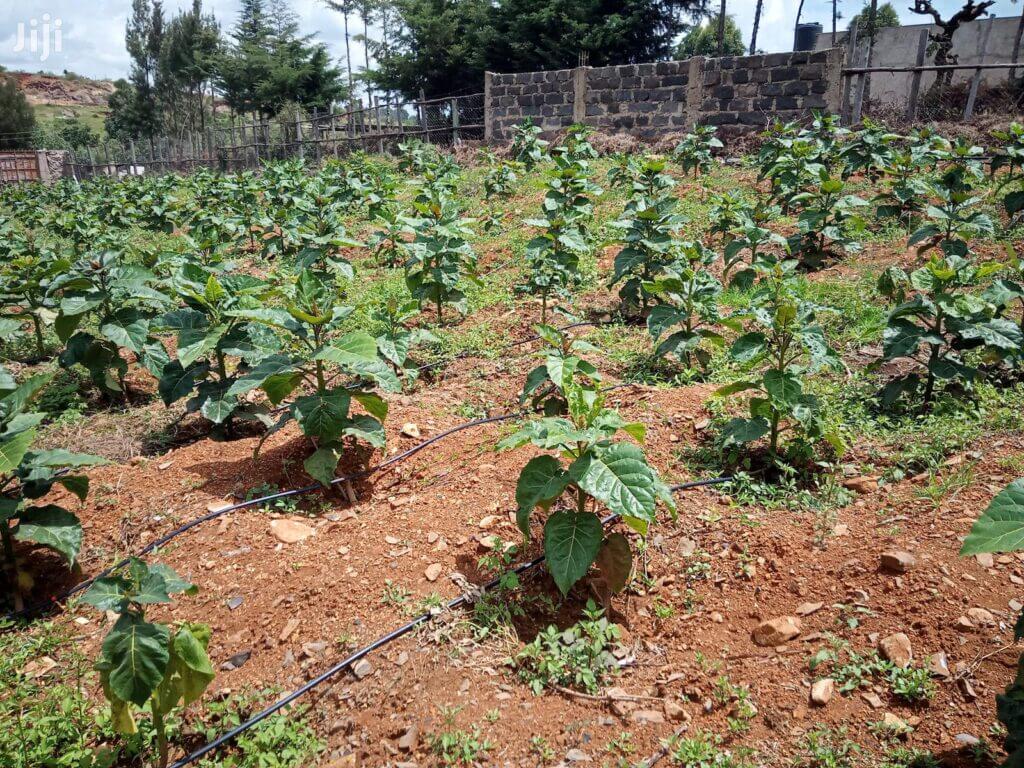
Irrigation Requirements for tree tomato farming in Kenya
Drought is sensitive to tamarindo plants. Water shortages restrict plant growth, fruit size, and crop production. During dry spells and periods of maximum development, tamarindo plants require irrigation. In order to reduce infections, drip irrigation is most often used to supply water directly to the roots while leaving foliage and fruits dry. The technique of irrigation you choose, though, will rely on the economic and physical conditions of your local area.
It needs a plentiful quantity of water. In regions where there is a protracted drought, it cannot survive. When planting, think about a location with enough water. At least 20 liters of water per week will be needed for each plant. To keep your crops moist, you can add mulch to them.
The best type of irrigation for Tree Tomato
In Kenya, irrigation for tree tomatoes or tamarillo is done via rain hose irrigation kits, rain gun sprinklers, or button drippers. Farmers in east Africa can receive guidance from Aqua Hub on how to water tamarillo or tomato trees. These range from modest one-acre plots to enormous fruit tree farms covering hundreds of acres. Use an irrigation system that won’t result in tree tomato infections by leaving moisture on the leaves when selecting one. In Kenya, the spacing between tomato trees influences how any irrigation system would be laid out. In Kenya, commercial growers of tree tomatoes primarily use irrigation to produce them.

Irrigation requirements for tree tomato farming in Kenya
- Water is delivered from the source via the mainline. A reservoir, a river, a well, or a tank will serve as the water source for your tree tomato irrigation system. The acreage will determine the size of the HDPE or PVC pipe. A producer with 10 acres of tamarillo trees will utilize a larger main pipe than one with only half an acre.
- The 16mm HDPE pipes that supply water to the tomato tree will be served by a sub-mainline that runs from the mainline.
- A button dripper was attached to the 16mm HDPE pipe to water the tree directly.

